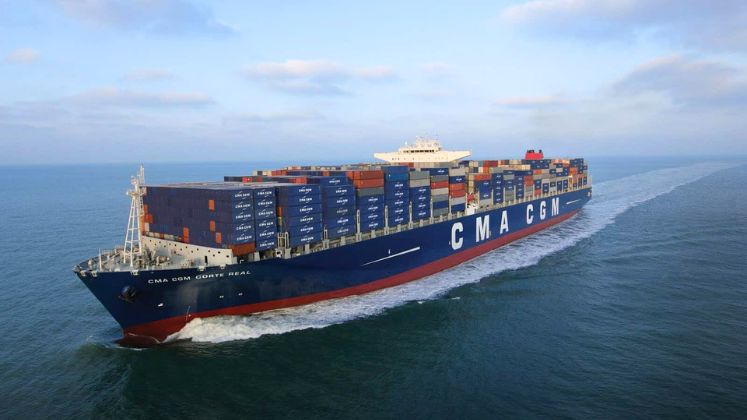
Apparel and textile supply chains are now more susceptible to changing trade forces, with about 45 per cent of the industry’s trade value at risk from corridor disruption, a report by McKinsey & Company has found.
Between 2017 and 2024, China’s proportion of US textile and apparel imports fell by 14 percentage points, whereas other Asian economies collectively picked up 10 points. Notably, many of these emerging new players for US imports have at the same time strengthened their own sourcing relationships with China—implying a nuanced rerouting of the value chain and not pure decoupling.
In those situations where geopolitical fragmentation gains speed, McKinsey estimates that this trend of indirect trade might not just continue but also grow stronger. The company’s computer models provide for a 20 per cent tariff on trade between geopolitically remote economies, but no additional tariffs when products move through intermediate economies. Consequently, China still ships intermediate products to Southeast Asia and India, where the latter finish them up and export to Western markets—basically maintaining trade volumes but reconfiguring trade channels.
Conversely, a scenario of diversification—in which nations voluntarily reduce dependence on any particular partner—would halt China’s dominance in both intermediates and finished goods, resulting in decreased overall trade volume for the industry.
McKinsey also cautions that by 2035, somewhere between one-third to a majority of world trade will be vulnerable to volatility, depending on geopolitical events. Long geopolitical value chains for manufacturing, such as electronics, textiles, and machinery, are most vulnerable.
But not all trade corridors are equally at risk. Corridors between emerging markets can be more likely to withstand a breakup of the global economy. Of the globe’s 50 largest trade corridors currently, McKinsey foresees 16—mostly between emerging economies—to experience strong growth even in a fragmented world. Meanwhile, nine corridors connecting advanced economies with China and Russia might shrink dramatically, with the rest following divergent paths.
As global players rethink their sourcing strategies, the textile-apparel industry need not contract—it can rewire instead.






